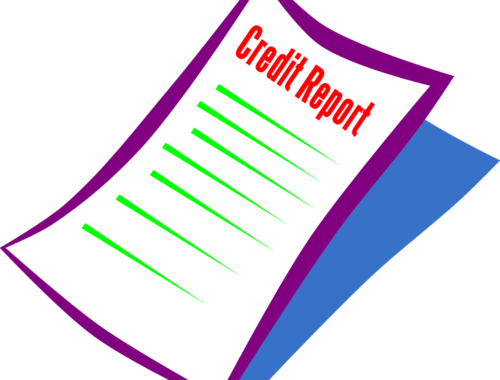
Down Payments, PMIs and Physician’s Mortgages
Buying a house can be stressful – or at least it was for me. So many things to plan and coordinate – and then on top of it, the bank expects you to show up to the closing with 20% of the house’s value in cash (well a federal wire transfer anyway). The bank wants this so that if you stop making payments they have enough cash that they can foreclose on and sell the house without losing money. You are also less likely to walk away from a home in which you have a significant investment. That means that for a $300,000 home you will need $60,000 in your bank account, for a $400,000 home you will need 80,000, etc. The money must be yours and not a gift or a loan. This arrangement is called a “traditional mortgage”. For some of us, especially those who have recently sold another property – that may not be a big deal – but most of us don’t have $80,000 conveniently hidden in a mattress. That’s where PMIs come in.
Private mortgage insurance
If you want to purchase a house and don’t have the 20% you can take out private mortgage insurance (PMI). This is insurance provided by an insurance company that protects the lender if you stop making payments. You will be required to take on PMI if you come to the closing with less than 20% down payment.
How much does PMI cost? It depends. The lower your credit score, the less you put down relative to the value of the home, the higher the cost. Generally, PMI will cost the borrower between 0.5% and 5% of the value of the loan /per year. For example, you purchase a $200,000 home and put down $20,000. Assuming you have an excellent credit rating, you might end up paying an extra $900 – $1,800 a year. Its not insignificant but it will allow you to own a home much sooner than if you had to save $40,000. Once you have sufficient equity in your home (down payment plus principal payments =20 % of home’s value) you can ask the lender to remove the PMI – so if you are paying PMI ,ask! Once your equity reached 22% the lender will usually automatically remove the PMI.
Physician’s Mortgages
If you want to purchase a home and don’t have a down payment there is another option. It’s called the physician’s mortgage. I don’t like the name because it sounds pretentious and it s really isn’t limited to physicians. In fact veterinarians, dentists, podiatrists, and optometrists often qualify. Depending on the lending institution, some even include lawyers. Banks offer these because they know that although certain professionals start out with few assets and a lot of debt, these same individuals are likely to maintain employment and are unlikely to default on loans. In addition, over time medical professionals tend to accumulate wealth and these financial institutions want to cultivate a relationship. Lastly, these mortgages are very profitable – for the bank.
Essentially a physician mortgage allows you to close on a home in which you do not have the 20% down payment and not pay for PMI. In some cases you can put virtually nothing down. The trade off is that you will pay a higher interest rate – often 1% and unlike the PMI, the extra interest never goes away. There are advantages to using a physician mortgages including:
- They can require little to no down payment
- No PMI
- Banks may ignore student loan debt when demining eligibility
- Banks will accept a job offer or contract as proof of earnings
But there are significant disadvantages including:
- The fees and interest rates are substantially higher
- These loans are available only to recent graduates, residents, etc.
- Not all types of homes maybe re eligible (e.g. condominiums may not qualify)
Traditional vs PMI vs physician’s mortgages
So how do conventional, PMI and physician’s mortgages stack up? Lets look at a $300,000 home, 15 year mortgage, prevailing interest of 4%, property tax of 2400/year and home insurance of $1,000 /year. There is no HOA fees.
If you show up to the closing with $60,000:
- Monthly payment = $2,058,
- Total payment = $370,545
- Total interest = 79,545.18
If you show up at the closing with $30,000 and took out PMI at 0.5%:
- Monthly payment = $2,392.99 (first 26 months)
- $2,280.49 (next 158 payments)
- Total payment = $413,313
- Interest = $89,488.33 interest and $2,925 is for the insurance.
- PMI = $2,925
Lastly lets you show up at the closing with $30,000 and a physician’s mortgage at 5%
- Monthly payment = $2,418
- Total payment = $435,325
- Interest = $114,325
Which is the best mortgage? Like so many things – it depends. If you have the 20% you should make the payment. In the example above looking at PMI and physician’s mortgages I assume you can put down $30,000 – but what if your down payment was much less or your PMI was more than 0.5%, then the physician’s mortgage might make sense. Lastly, there is also the mortgage deduction to consider. With the new tax law you will need to figure out if you can benefit from mortgage interest deduction. This tool can help you decide which works out best in your circumstance.





4 Comments
Pingback:
Pingback:
Pingback:
Pingback: